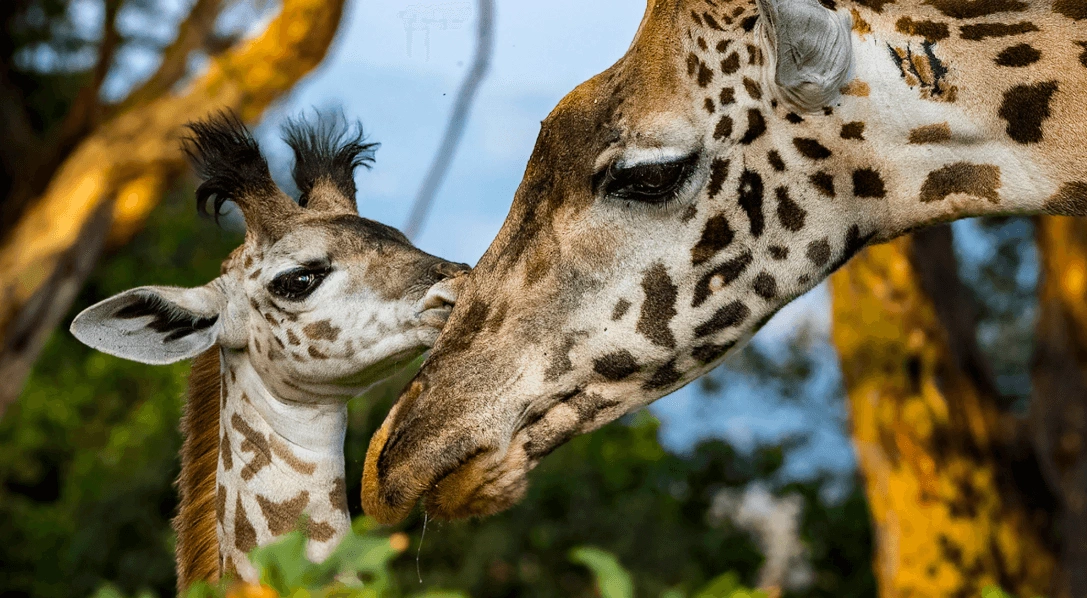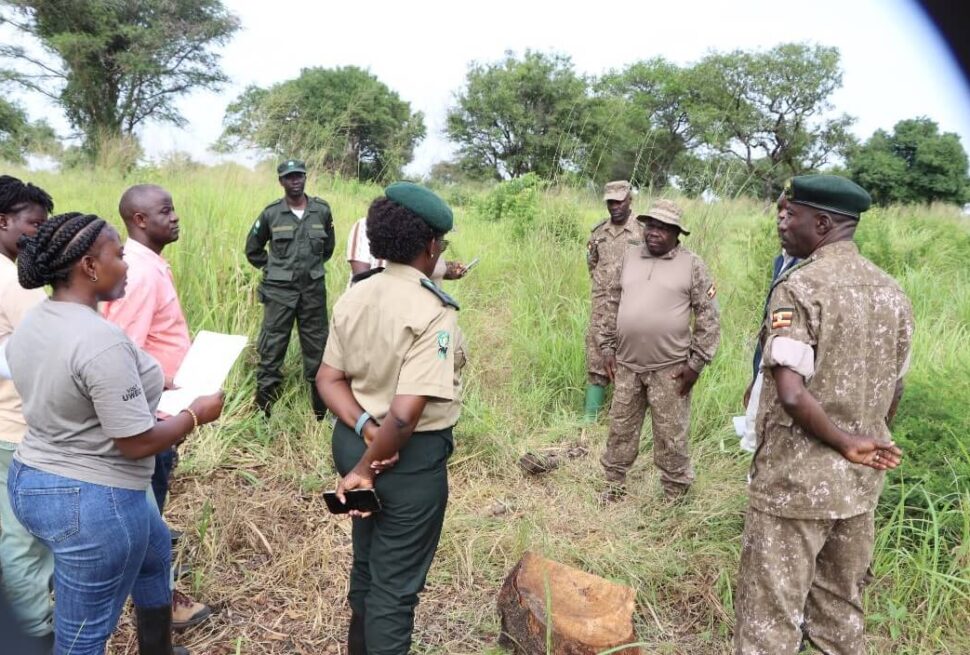Uganda’s wildlife family just got a little bigger — and a lot more hopeful. The Uganda Wildlife Authority has confirmed the birth of two baby mountain gorillas in Bwindi Impenetrable National Park, one of Africa’s most critical conservation areas.
The new additions were born to Kwitonda from the Nkuringo family and Bizulu from the Busingye group, increasing the respective group sizes to 16 and 15. UWA reports that both mothers and their newborns are healthy and bonding well in the dense forest canopy.
“These joyful additions highlight Uganda’s continued success as a global leader in gorilla conservation,” UWA said in a public statement. “This progress is only possible through dedicated community partnerships and long-term conservation investment.”
Bwindi: A Cradle for Conservation
Home to nearly half of the world’s remaining mountain gorillas, Bwindi Impenetrable National Park is more than a UNESCO World Heritage Site — it’s a sanctuary for a critically endangered species. Every birth is a triumph, not only for Uganda but for global biodiversity.
The park’s success hinges on more than forest protection. Community-led conservation, responsible tourism, and cross-sector partnerships have made Bwindi a case study in sustainable wildlife management.
Virunga Gorilla Marathon Rallies Conservation Awareness
Coinciding with the gorilla births was the 2nd edition of the Virunga Gorilla Marathon in Kisoro District — a region nestled close to Uganda’s gorilla strongholds. Participants from across Uganda competed in 42km, 21km, 10km, and 6km races.
Flagging off the event, Minister of State for Tourism Hon. Martin Mugarra Bahinduka said, “Protecting nature is a race we must all run — for wildlife, for climate, for future generations.”
The marathon blended sport and conservation, spotlighting the connection between environmental protection, health, and community action.
Entebbe Zoo Greets a Towering New Arrival
Back in Entebbe, the Uganda Wildlife Education Centre (UWEC) welcomed a giraffe calf born to North and Seguya — two adult giraffes in the Centre’s care. The calf brings UWEC’s giraffe population to four.
Though its gender has yet to be confirmed, the newborn is said to be healthy and adapting well in its semi-natural enclosure.
The successful birth is a credit to UWEC’s commitment to professional veterinary care, enrichment routines, and species-specific habitats that mirror wild conditions.
Celebrating Parrots and Planting Conservation Roots
Just a day before the giraffe’s birth, UWEC also hosted a lively World Parrot Day celebration. Students were invited to explore the vital role parrots play in forest regeneration, especially through seed dispersal.
“From feathers to facts, students explored the lives of parrots and discovered how protecting them helps the whole ecosystem,” a UWEC spokesperson said.
The initiative aligns with Uganda’s broader conservation education mission — turning youthful curiosity into environmental stewardship.
A Nation Committed to Wildlife Futures
Whether deep in the forests of Bwindi or at the shores of Lake Victoria in Entebbe, Uganda’s conservation institutions continue to lead by example.
The births of the gorilla infants and giraffe calf reflect not just the health of individual species, but the resilience of ecosystems made stronger by local stewardship, government support, and public education.
With every new life comes new hope — for wildlife, for nature, and for Uganda’s place as a global conservation leader.




